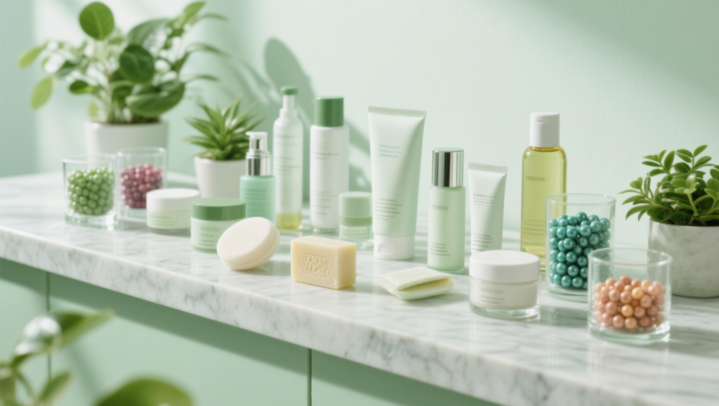2025-04-18
Discover why "more is not always better" in skincare. Learn how ingredient concentration impacts efficacy, safety, and skin health, and how to choose products wisely.
Details
The Science of Effective Concentrations
Every active ingredient has a "sweet spot" – a concentration range where it delivers optimal benefits without causing harm. For example:
-
Retinol: Clinical studies show that 0.01% retinol can improve skin texture and reduce fine lines, while concentrations above 1% may lead to irritation, redness, or peeling .
-
Vitamin C: A 10–20% concentration is ideal for brightening and antioxidant protection, but exceeding 25% can damage skin cells .
-
Hyaluronic Acid: Just 0.1% hyaluronic acid hydrates the skin effectively, while higher concentrations (e.g., 2%) may cause dryness in low-humidity environments .
-
Niacinamide: A 2–5% concentration reduces hyperpigmentation and improves barrier function, but concentrations above 5% may trigger allergic reactions .
These ranges vary by ingredient and skin type, emphasizing the need for personalized skincare.
Risks of Overdoing It
While high concentrations might seem tempting, they often come with trade-offs:
-
Skin Irritation: Ingredients like retinoids, AHAs, and BHAs can disrupt the skin barrier at excessive levels, leading to sensitivity or inflammation .
-
Formulation Imbalance: High concentrations of one ingredient can destabilize a product’s pH or texture, reducing efficacy. For example, vitamin C oxidizes quickly at concentrations above 20%, losing its potency .
-
Diminishing Returns: Beyond a certain point, increasing concentration doesn’t enhance results. A 2023 study found that 15% glycolic acid exfoliates as effectively as 30% but with less irritation .
Factors Beyond Concentration
To maximize results safely, consider these critical elements:
-
Skin Tolerance: Start with low concentrations (e.g., 0.025% retinol for beginners) and gradually increase frequency .
-
Product Formulation: Encapsulation, pH balance, and delivery systems (e.g., slow-release retinol) can enhance absorption and reduce irritation .
-
Synergy: Combining ingredients like retinol with niacinamide or peptides can amplify benefits while minimizing side effects .
-
Regulatory Guidelines: The EU limits retinol to 0.3% in over-the-counter products and mandates warnings for high-concentration actives .
How to Choose the Right Products
-
Assess Your Skin Type: Oily skin may tolerate higher concentrations of salicylic acid (1–2%), while sensitive skin should opt for 0.5% .
-
Read Labels Carefully: Look for products with clearly stated concentrations and avoid vague claims like "high potency."
-
Prioritize Quality Over Quantity: A well-formulated 0.3% retinol serum from a reputable brand often outperforms a 1% formula with poor stability .
-
Consult a Professional: Dermatologists can recommend tailored concentrations based on your skin’s needs and goals.
Conclusion
Skincare isn’t a one-size-fits-all science. While concentration matters, it’s just one piece of the puzzle. Focus on effective, evidence-based ranges, proper formulation, and gradual adjustment to achieve visible results without compromising skin health. Remember: less is often more when it comes to active ingredients.

